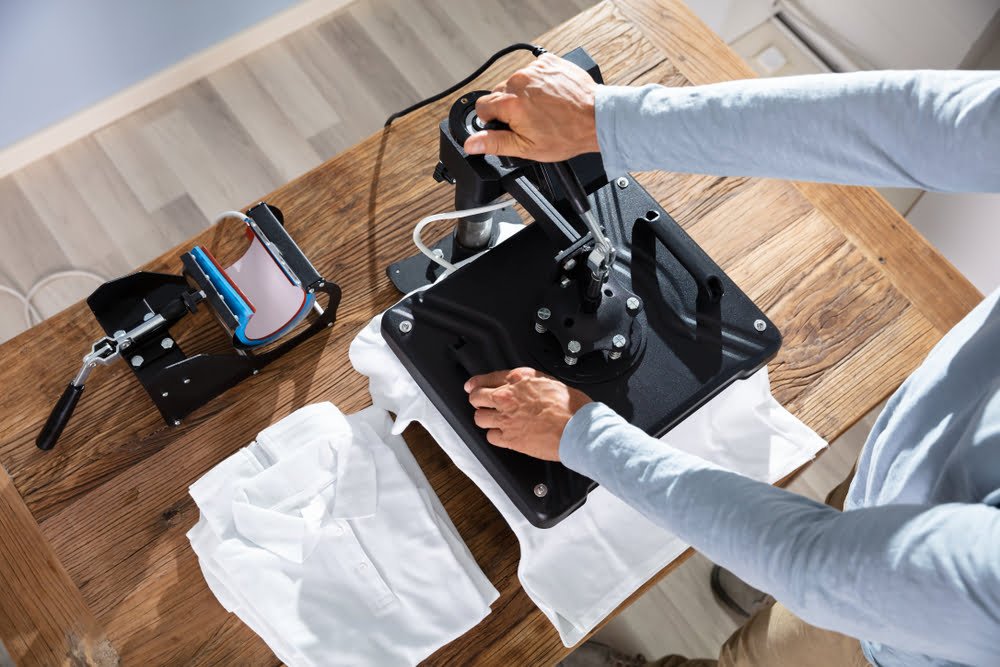If you are looking for a way to make your company or your personality stand out, custom printed t-shirts may be the answer! But before you take a crack at it, understanding that there is more to the t-shirt printing industry than what meets the eye is imperative.
As you know, every field is packed with its own set of specialised buzzwords, jargons and technical terms – the shirt printing industry is, of course, no exception. At the core of each sits an intention and a purpose. Understanding the terms and speaking in the same language as your vendor is key to ensuring that both parties are all aligned. After all, when you get your head down in the shirt printing game, nothing comes close to the disappointment and displeasure you get when the final output doesn’t turn out to be what you envisioned.
To rule that out, we will be breaking down some terminology that will help guide you through the process. Let’s get into it!
1. Artwork
Sometimes referred to as “screen art” in screen printing, artwork essentially means an image, graphic, text file or other components that you have prepared for the printing. It can be in the form of physical materials or digital files. If you want to achieve the best print results, don’t forget to avoid some of the most common mistakes when setting up your artwork.
2. Bleeding
In the printing world, the word “bleeding” doesn’t indicate the loss of blood. Here, bleeding refers to circumstances in which the ink extends beyond the area where it is meant to be present. This is particularly prevalent in screen printing or when two different colours are printed closely. Luckily, bleeding can be avoided – just be sure to choose a t-shirt printing company that has the right skills and expertise.
3. Cure
The last step in screen printing (and also one of the most crucial ones) is curing – a chemical process that employs heat to set the ink into the garment completely. When plastisol and water-based inks are not properly cured, your garment will not be able to stand the test of time. Eventually, the printing will fade, crack or deteriorate as your custom t-shirt goes through washes.
4. DPI
DPI stands for “Dots Per Inch”. It is a measure of print resolution, indicating the number of individual dots a printer can display or produce in a linear one-inch space. As a general rule of thumb, the optimum resolution for shirt printing is 300 DPI.
5. Emulsion
A light-sensitive liquid chemical or film that is coated to a screen and utilised as a giant stencil. This emulsion solidifies when light hits, leaving the areas exposed to light intact. The soft parts of the emulsion that are not exposed to light will then be rinsed out.
6. Four-Colour Process Printing
Also known as CMYK, the four-colour process printing is a printing technique that enables one to produce or replicate full-colour artwork through the use of four ink colours: cyan, magenta, yellow, and black).
7. Halftone
Halftone is a process that renders colour or grayscale images through the use of tiny dots in varying size and spacing per square inch. Round is most commonly used and is often dubbed as the shape that works best, but square, elliptical, line and diamond-shaped dots are also brought into play whenever possible.
8. Underbase
A thin layer of coating (typically in white or light colours) first printed and cured to serve as a base for the subsequent colours. This is usually recommended when printing multi-colour designs on a coloured shirt, as it helps to ensure that the colours stay true and come off as intended.










